experienced mammalwatchers from Argentina wanted for advice
Planning to visit Northern Argentina in July I am looking for experienced mammalwatchers who can advise me on localities and practicalities. My planned itinerary: Ceibas-El Palmar- Ibera- Campo Federal San Juan- Mocona- Urugua-i- Iguazu.
Post author
4 Comments
-
Nathan Myhrvold
I arranged my trip with Trogon tours in Buenos Aires, and was happy with the result. With an adventurous spirit I think you could do as a self-drive. We flew in to Buenos Aires airport and stayed overnight at a holiday inn hotel which was about 12 min drive from the airport. Apparently, that’s the closest airport hotel, and we arrived too late in the day to go much farther. We arranged a guide to pick us up there for the 4 hour drive to El Palmar National Park and the lodging around it. The drive is on a major highway, and is well signposted, so if you’re up for driving yourself then it should be easy. El Palmar mostly has visitors who drive up from BA. We went during the winter (June), and the lodges were mostly empty, but there still were visitors in the park – everybody we talked to was Argentine, mostly on a family vacation. In high season there would be more people. The roads in the park are paved so you do not really need a 4×4. Our guides had a 4×4 pickup truck and we managed to get stuck in the mud on a “special short-cut” taking back roads outside the park, but that wasn’t really necessary. They do not allow night drives or spotlighting in the park. We would typically stay until it got dark, then slowly drive out of the park, and see some animals in our headlights on the way out. But most of the sighting was during the day, and that was great for photos. The park is not very large, and you can’t really get lost. As to safety, in general Argentina is safe, but to the degree that there is an issue it’s that BA has the sort of crime that is in most big cities. I have been to BA a couple times and the hotel staff warned me about pickpockets and street crime. BA also has a lot of traffic which would be daunting to some. However BA is in the opposite direction from the airport as El Palmar so there is no need to go there. My trip seemed very safe (to us anyway), whether at the airport hotel, the lodging near the park, or the little town of Ubajay near the park where we would eat dinner. The same would likely go for the rest of rural Argentina, including the other parks you are interested in. I have not been to all of those but have traveled pretty extensively in other parts of Argentina – Mendoza, the lake district, Calafate and Argentine patagonia. The guides told me about Ibera, and also other parks in the north of Argentina. I got the sense that people in the wildlife watching / guiding community in Argentina had a lot more information than I had about where to go, which is to be expected. For some of the less visited and more out of the way places you might need more detailed information, or a local guide. But not in El Palmar – we just drove back and forth on the roads, and walked a few of the trails and had great sightings. I have already mentioned the vizcacha colony near the campground, and the empanadas at the cafe in the park – that pretty much completes the picture of necessary local knowledge from my point of view. Note that it’s a 10 hour drive from El Palmar to Iguazu. It’s about 12 hours from El Palmar to Ibera. You might be better off flying to those locations, although that would likely mean driving back to BA first.
Leave a Reply
You must be logged in to post a comment.


Nathan Myhrvold
Well, I am not “from” Argentina, but I was at El Palmar last year for 4 days. Capybaras are in huge numbers there. We also saw pampas fox and crabeater fox daily – during the day. We had much better photo opportunities there than later in the Brazilian Pantanal where we only saw foxes during night drives. We got a glimpse of Geoffrey’s cat as it darted across the road. We also saw nine banded armadillo. There is a campground in the park and there is a very active vizcacha colony there – they start coming up around sunset and are quite reliable. It’s a good spot for watching interaction and their antics make for good photo opportunities. Another interesting interaction was crested caracara picking bugs off of capybaras. The bird walks up to the capybara, it rolls onto its back and lets it look for bugs. When I first saw a caracara on top of a capybara with its legs in the air, I thought it was scavanging a dead capy, but then we saw the whole process. Logistically speaking, there is a small cafe in the center of the park (near the campground) and it has excellent empanadas – we had lunch there every day. There are a couple lodges near the park, and some restaurants in a small town nearby. One odd thing is that the only vehicles for a private tour (I was with one other person) was a crew cab pickup truck – the guide told us that SUV have a prohibitive tax/tariff so they weren’t available. During my trip the guides told me that I should have also planned to go to Ibara, but the next stop on this trip was the Pantanal for several weeks, and it couldn’t be changed.